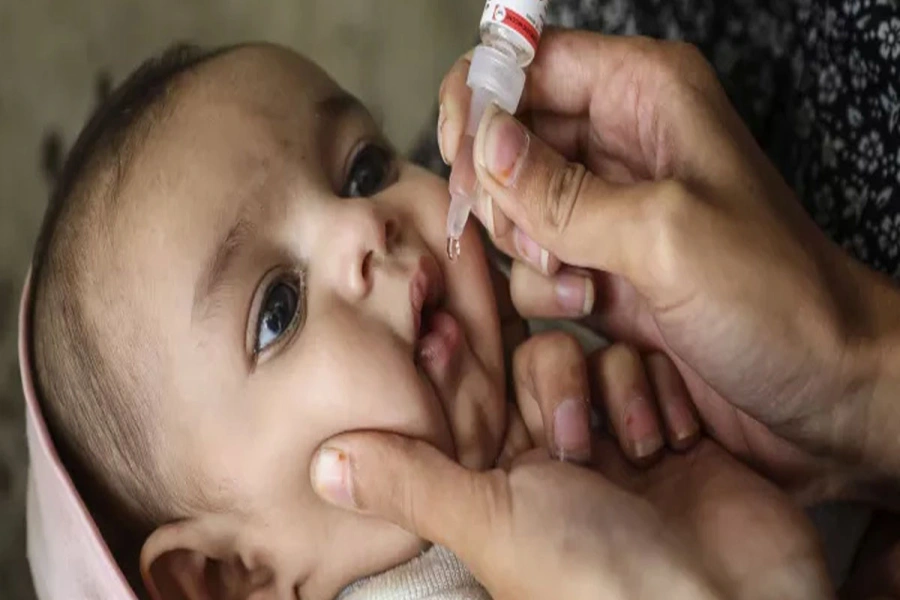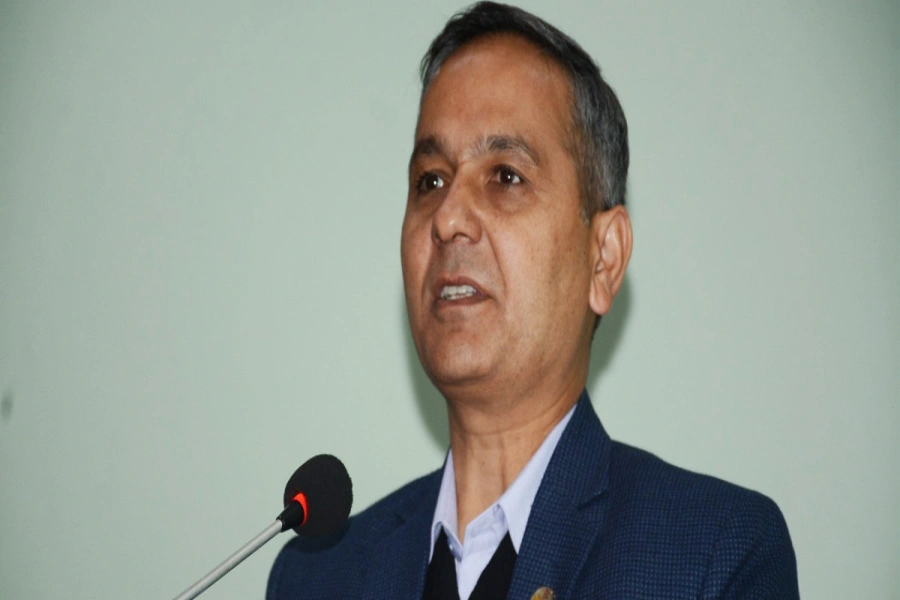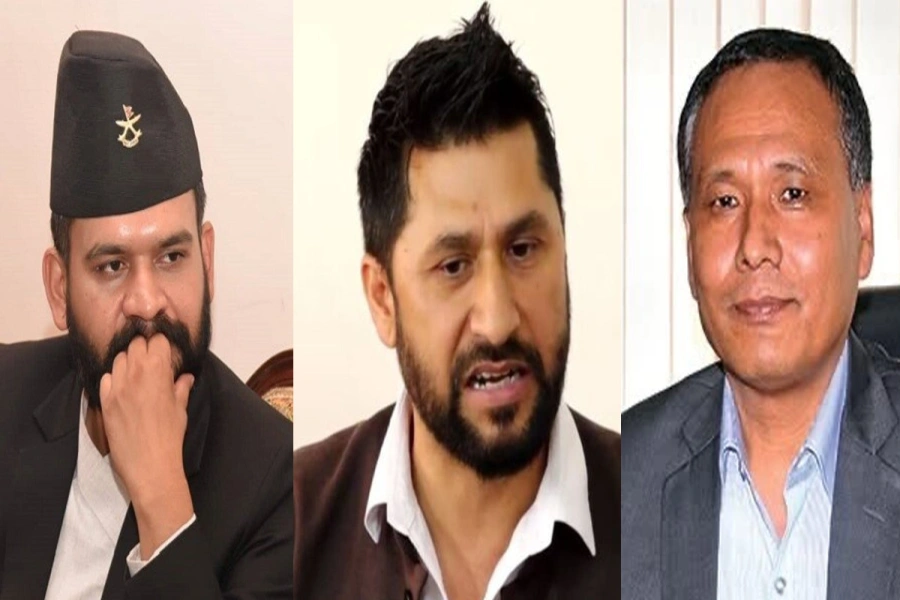Access to information is more and more accepted as part of good governance. Citizens need access to information on government performance and decision making to be able to hold it to account. Previously, access to information involved access to hard documents, published reports and printouts. However, over the last few years an open data movement has emerged seeking to move beyond static documents, and asking for direct access to raw datasets from government institutions and officials in power.
Governments have been encouraged to establish open data initiatives and data portals, providing online access to data on everything from national budget to school performance, health to aid spending. Governments collect and produce a wealth of data and increasingly governments worldwide have started to implement open data strategies and to launch open data portals to enable the release of these data in open and reusable formats.
Open health data has emerged as an idea with global reach. Open data are publicly released information, often from the government or other public bodies, made freely available to anyone for reuse in any way they like. While they can be read by individuals, for example, in a spreadsheet, they should also be made available in ‘machine-readable’ formats wherever possible.
Therefore open data can be defined as data which is accessible (can be downloaded from internet and obtained easily), machine readable (.XL, .XML, .CVC i.e. opened by all the standard software and supported by all platforms) and openly licensed (granting permission for access, reuse and redistribution with few or no restrictions). In practice, that means data from internet that can be manipulated in standard software and that the user is not barred in any way from sharing the data.
This ensures that data is not only accessible, but also that they are readable, comprehensible and can be used by a wide range of individuals. Again, to achieve these goals, data should be: 1) published in a standard format; 2) published without proprietary conditions; and 3) be available online in downloadable format.
What makes open data potentially transformative is that they facilitate third parties to use them in ways that create new analyses, visualizations and mash ups. This kind of innovation can transform raw data into knowledge. When experts have access to open data, they become a catalyst for creative problem solving and community innovation. So today over 40 countries have open data policies. These policies vary in extent to which they meet the above three conditions. Almost all these policies, however, are motivated by efforts to break down existing silos and bureaucratic barriers across a range of information categories.
Open data have been used in every sector, from national budgeting to schooling to health. There is reason to believe data transparency may be a revolutionary tool when applied to health information as health data in some respects is a unique category of information.
When open data protocols and standards are applied to heath data they take the form of open health data. Open health data encourage innovation and entrepreneurship, improve transparency in healthcare system and turn healthcare into health for citizens. There are numerous reforms being pushed across the world. Whether a country has completely socialized healthcare system, a completely privatized system or anything in between, the issues are the same: lack of transparency and accountability. This can be addressed by open health data.
The idea of open health data dates back to March 2010 when Barak Obama authorized release of new data for transparency in healthcare market and health insurance. Today many countries are trying to establish open health data to improve transparency, efficiency and accountability in their health system. Countries like the US, the UK, Germany and Austria are already doing so and Kenya is the foremost developer of open health data in the developing world.
Several policies have been developed favoring open health data for better health system. Starting July 1, 2014 WHO supports open access to its database as a part of its mission and a public benefit to be encouraged wherever possible.
Though the concept of open data is new to Nepal there is growing interest from a range of actors, in how they can be used to improve accountability and effective governance. Nepal is seeing how actors can come together to determine how best to increase availability and accessibility of data, and how to ensure they have impact. The level of interest and enthusiasm was highlighted during the first Open Data Day event in Kathmandu in February 2013, where 400 researchers, CSO representatives, students, techies and general public participated in a week of events including a hackathon and a mapathon.
Talking about open health data in Nepal, the RTI Act was adopted in July 2007 and it has already been proven to be a reliable tool to make government data public and to improve people’s participation to hold the government to account.
In Nepal the Department of Health Service is responsible for managing data, statements and information regarding health services, as well as to update and publish them. In Health Policy 2071 the procurement regarding health data and information as well as right to information of health services has been listed. Likewise the second Nepal Health Sector Program (NHSP-2), 2010-2015 highlights the need to develop specific monitoring and evaluation methods that include greater disaggregation and more effective use of data, and a common monitoring and review platform to strengthen accountability.
Similarly, the second health plan (1997-2007) also wanted to increase people’s participation in healthcare, inter-sector collaboration and effective management. Despite this studies show that health data management in Nepal is still in a rudimentary stage and so there are frequent delays in preparation of reports, lack of transparency and little public participation.
Globally, Sustainable Development Goals (SDGs) are to replace Millennium Development Goal (MDGs) in all UN member countries, including Nepal, and will be applicable for the next 15 years. The SDG goal number 16, “Peace Justice and Institution,” supports transparency and accountability of all institutions at all levels, as well as ensures public access to information, in accordance with national legislation and international agreements.
Effective public health practices rely on availability of public health data and assessment tools to convey information to investigators, practitioners, policymakers and general public. Emerging communication technologies can deliver all components of the “who, what, when, and where” quartet quickly using new analysis and visualization tools.
Open health data in Nepal will ensure better flow of government information. It will help data management, data transfer and with report preparation. Likewise data dissemination also becomes easier. Policy makers and students can easily track down and get data at every point of data preparation. In all these ways open health data will result in a better healthcare system for Nepal.
The author is a public health researcher
chetnadahal@gmail.com
‘We’re not alone’ - ‘Sesame Street’ tackles addiction crisis





































